The Wolfson Building for Mechanical Engineering, where our lab is located, gets very little love from its current occupants. It is not very surprising. The building is built in the 1970s brutalist architecture style, using nothing more than rough concrete and almost no windows to the outside view. However, it is one of the most impressive works by Louis Kahn. It contains many ingenious ideas on combining multiple purposes, incorporating public spaces into the work environment, relying on inner courtyards, and more.
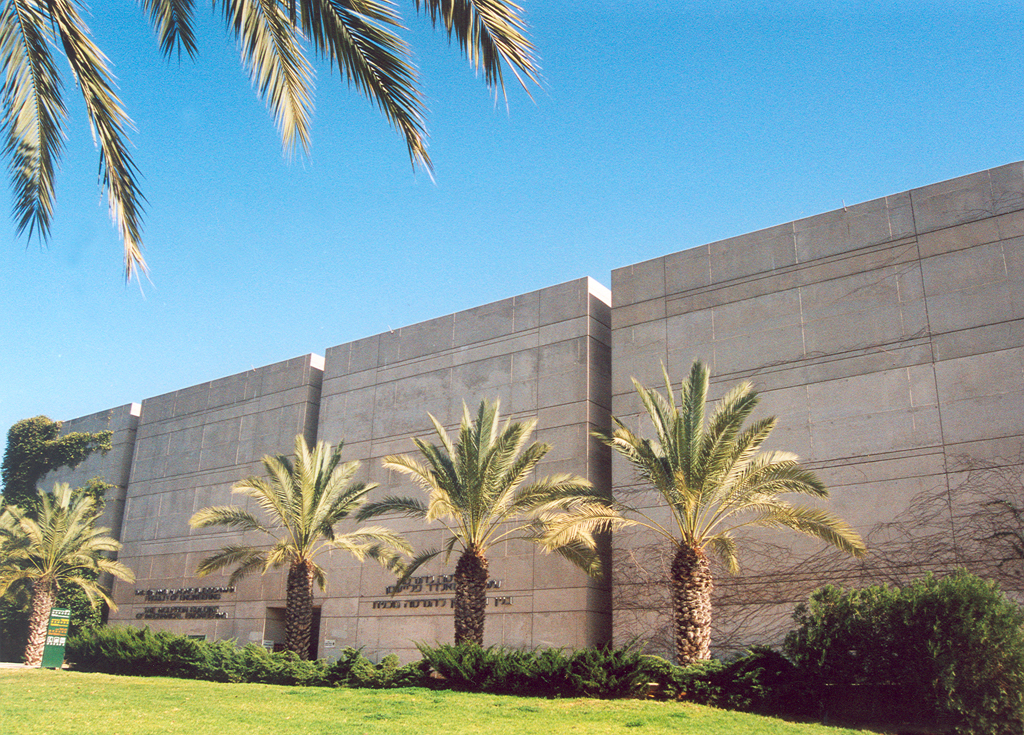
The article “Louis Kahn in Tel-Aviv” by Jeremie Hoffmann and Hadas Nevo-Goldberst delves into the architectural significance and historical context of a prominent structure located atop Tel-Aviv’s only hill. Tracing back to 1948, the article discusses the massive transformation that Tel-Aviv underwent, transitioning from a Bauhaus-inspired utopia to a city seeking refuge for countless Jewish immigrants due to the UN resolution culminating in Israel’s foundation. This transition resulted in “The Israeli Project,” an immense construction effort to accommodate the influx. Consequently, Tel-Aviv witnessed the rise of three hundred Brutalist architecture-style structures. Tel-Aviv University, founded in 1955, aimed to consolidate scattered research and educational institutions. Its location has a historical context, having once been the site of the Arab village of Sheikh Munis.
I recently stumbled upon pictures taken in 1978 documenting the construction of the building. The sheer power and simplicity of the building is visibly clear in those pictures (see an example below), especially before the more recent additions. So, if you are working at Wolfson building or just visiting, it might be worthwhile to remember the heritage of the building and to try to look at the bright side.
Some people do look at the bright side. For example, architect Assaf Lerman built an office and light industry building for startup companies in Katzrin after the Wolfson building.
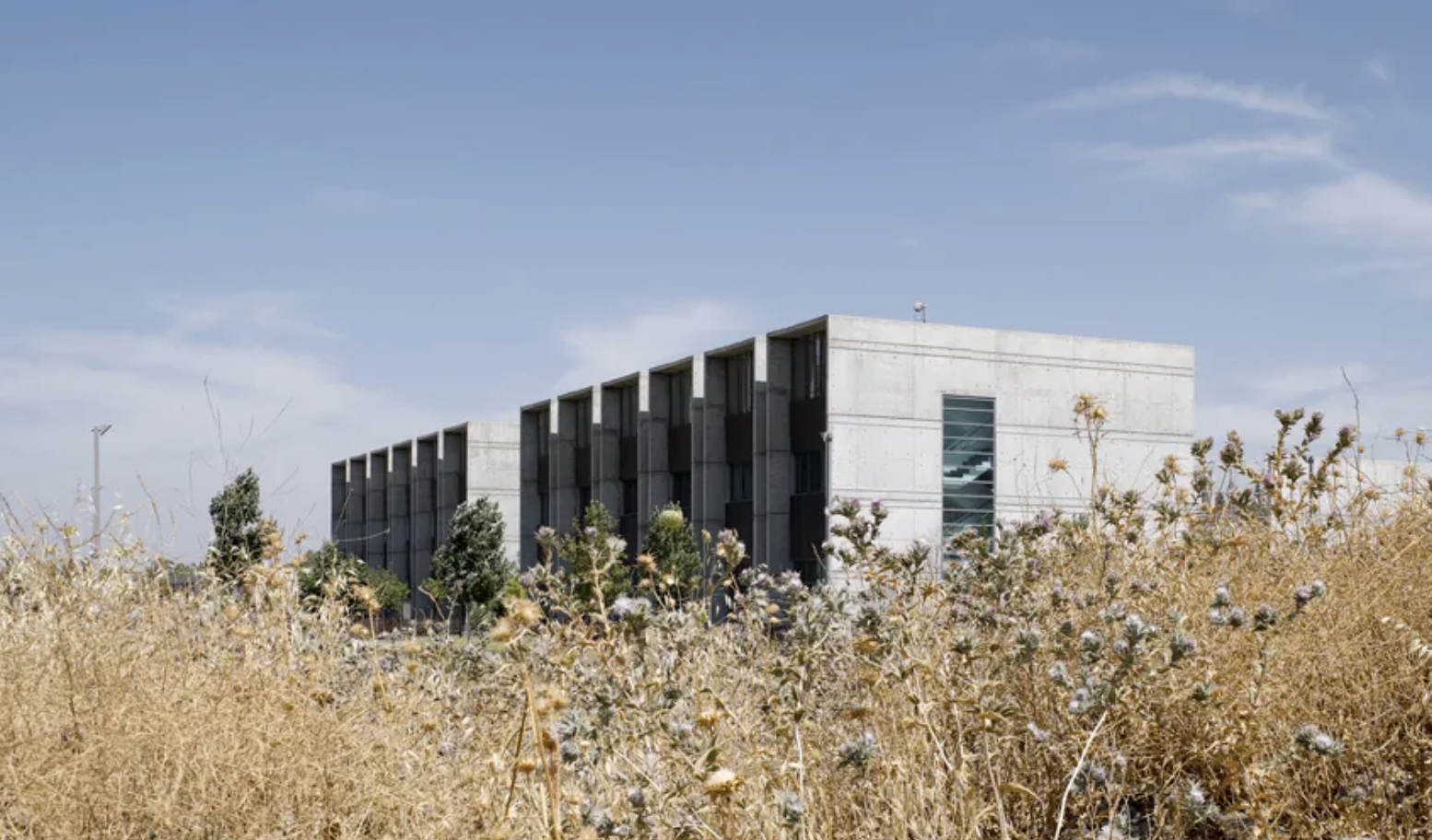
Greenhouse in Katzrin / Asaf Lerman. Photographs by Amit Geron

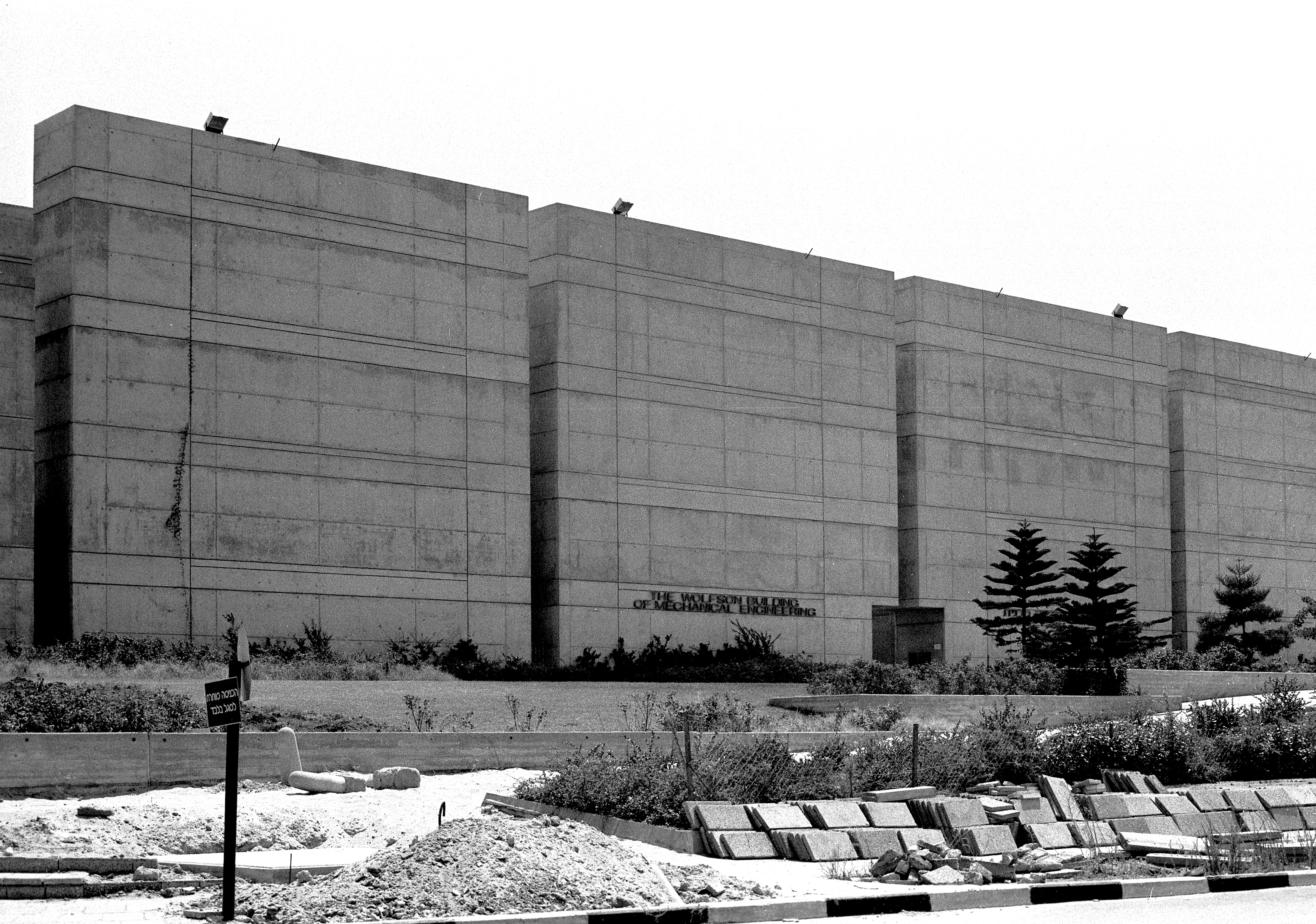
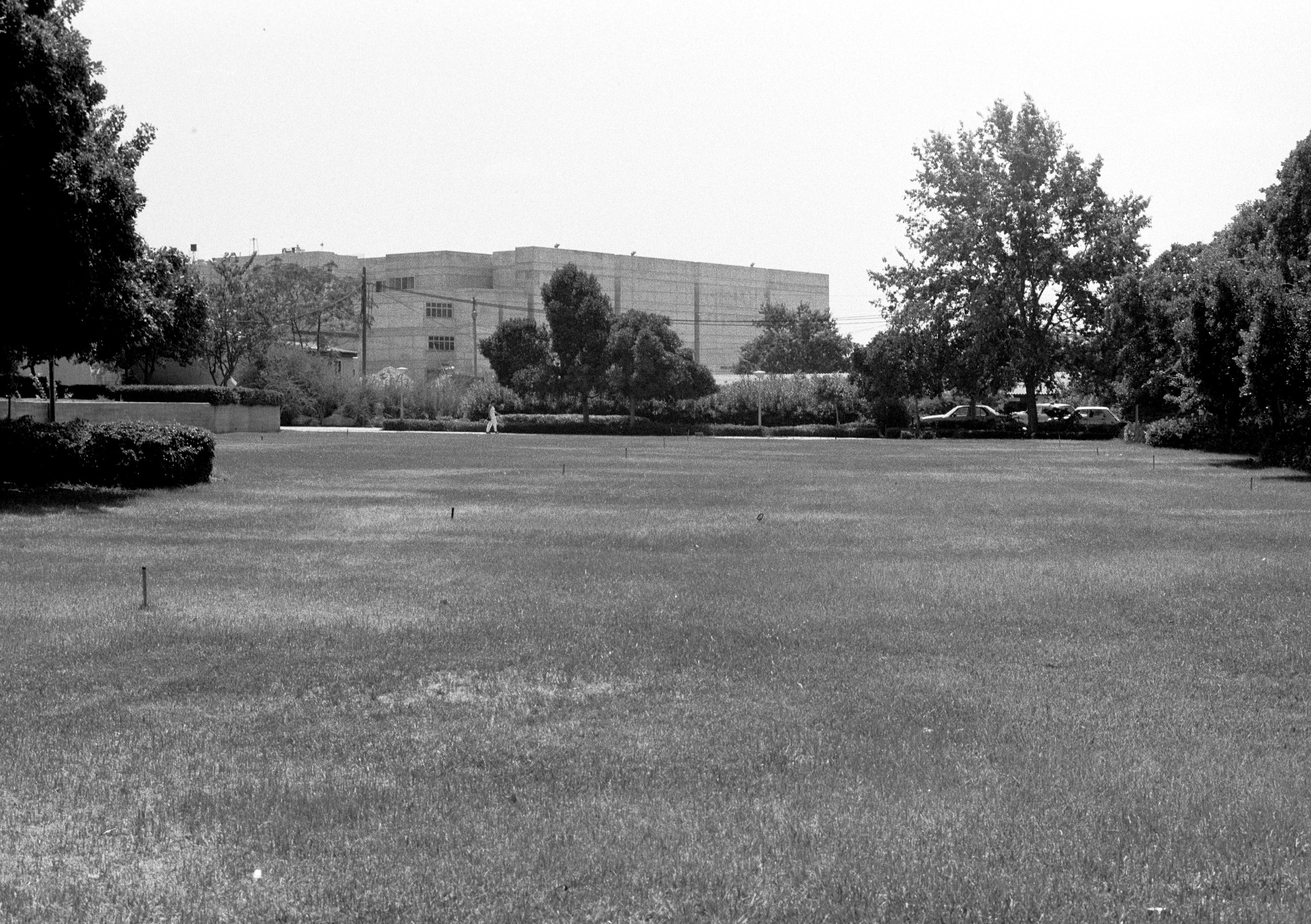
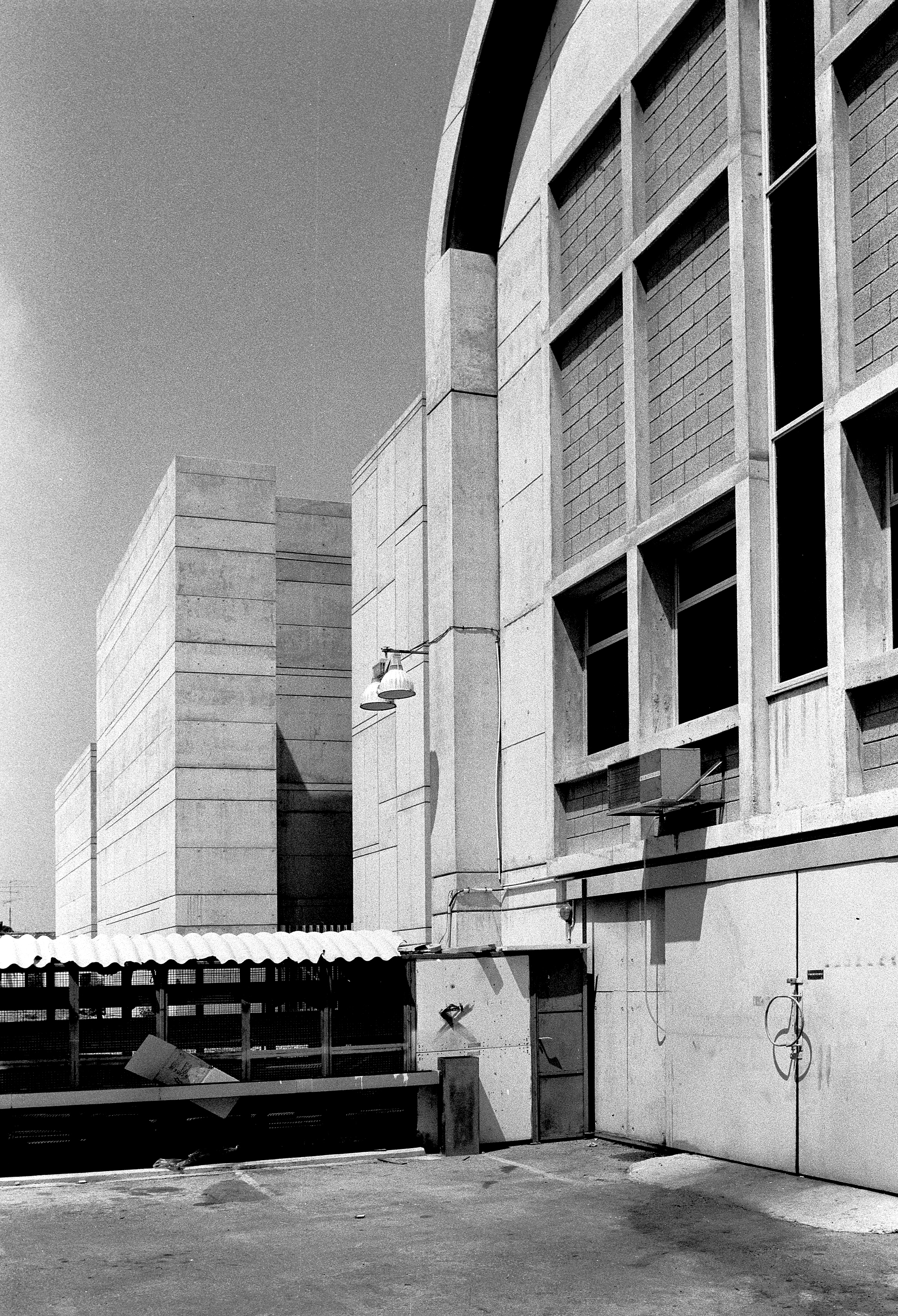
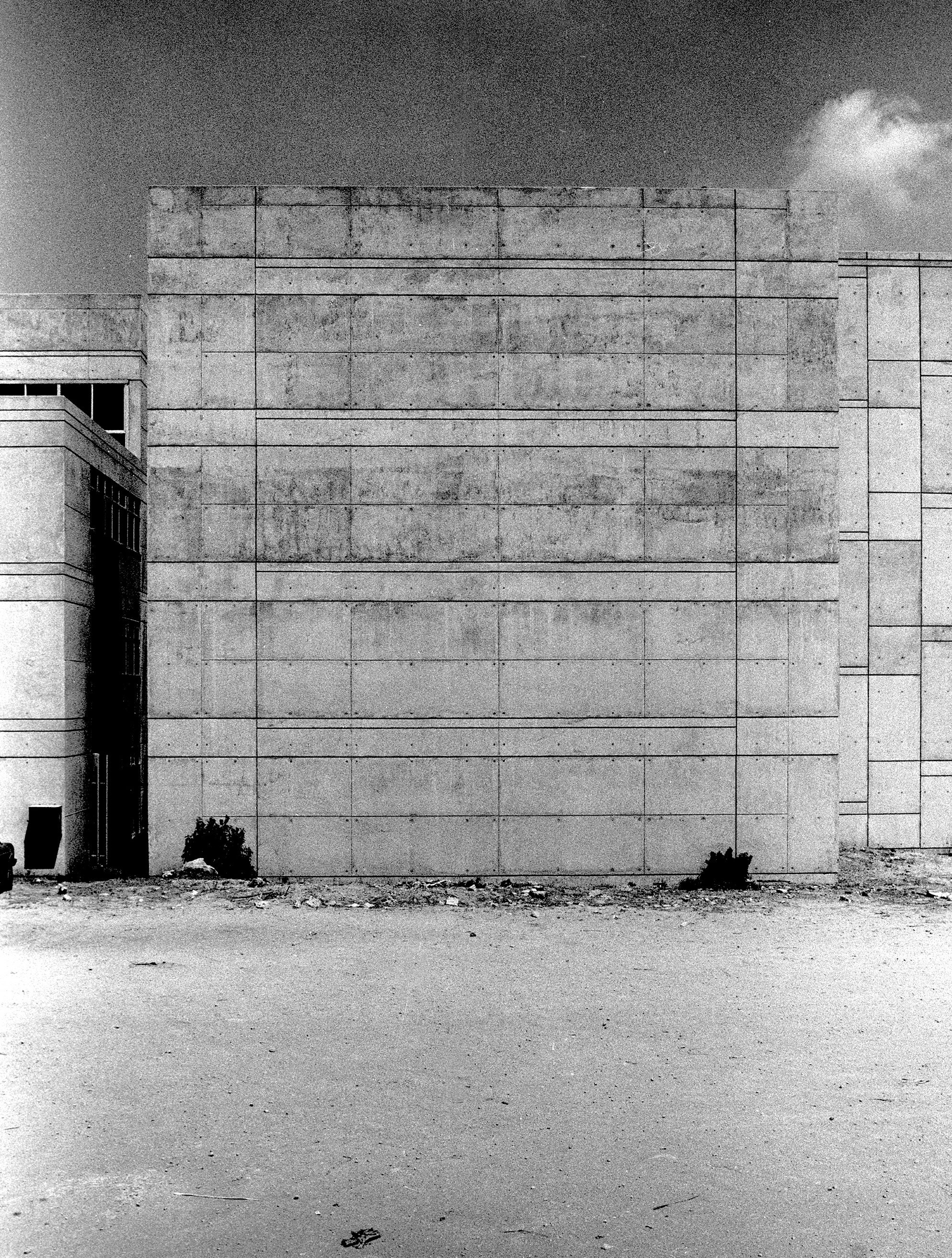
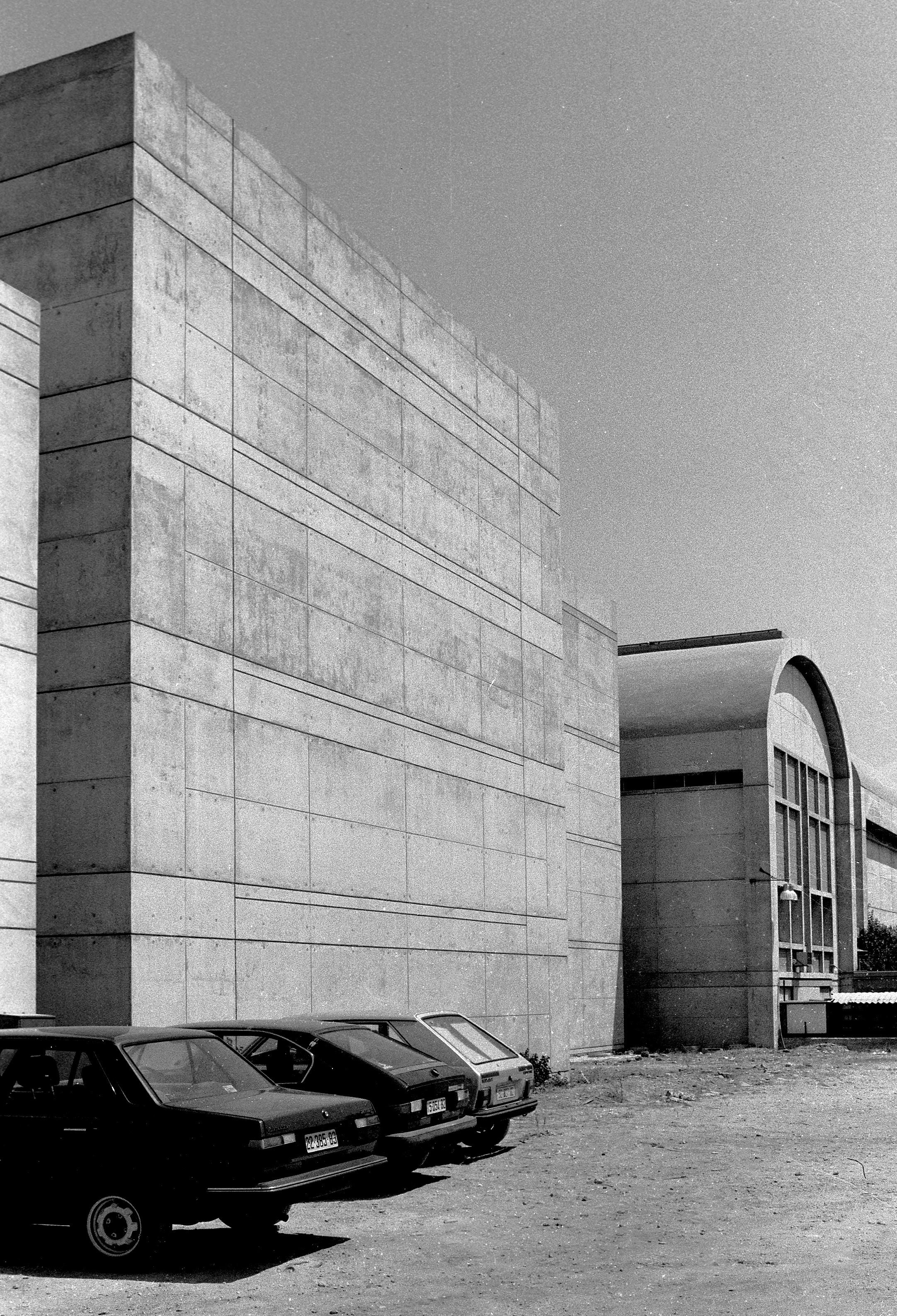
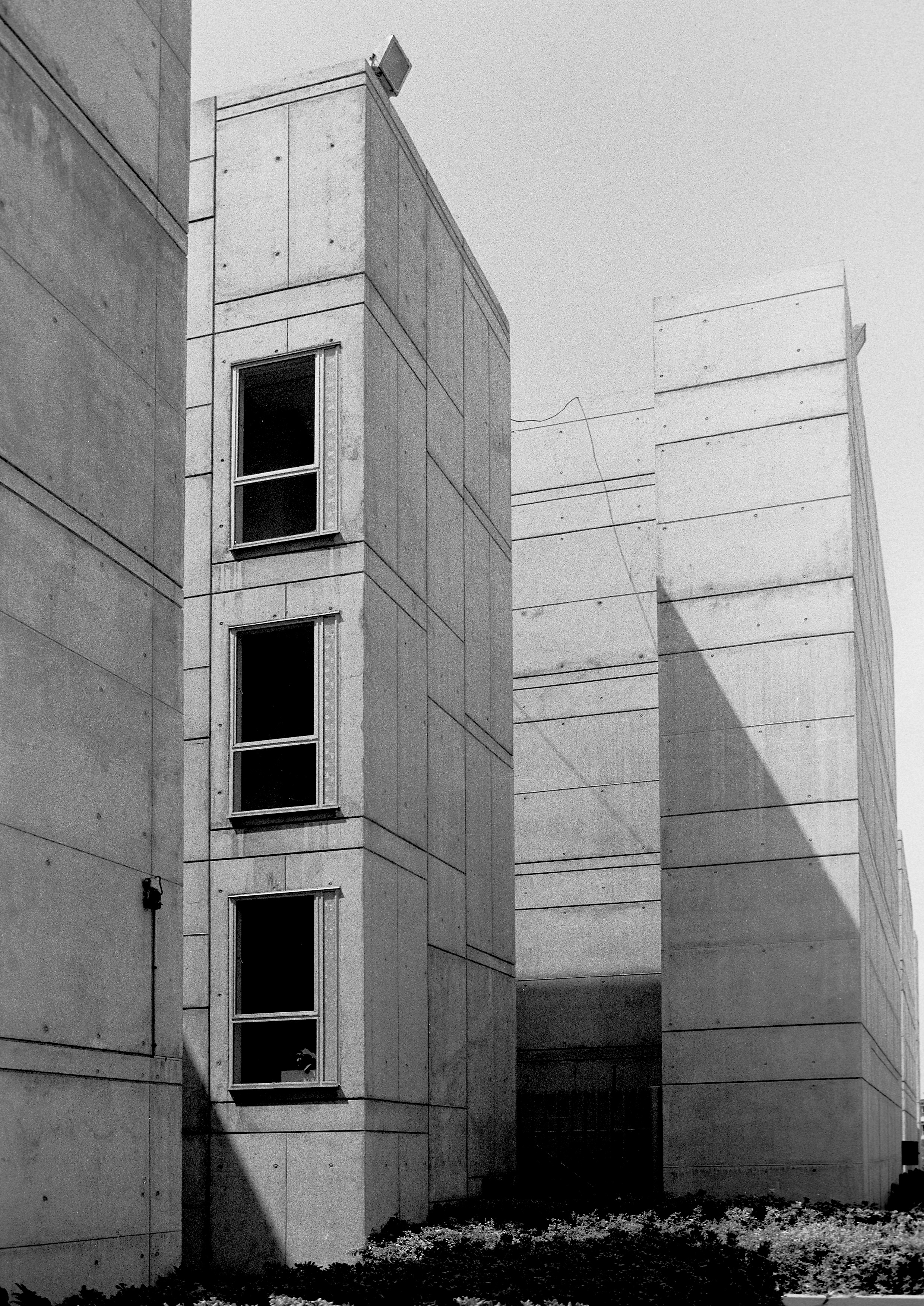
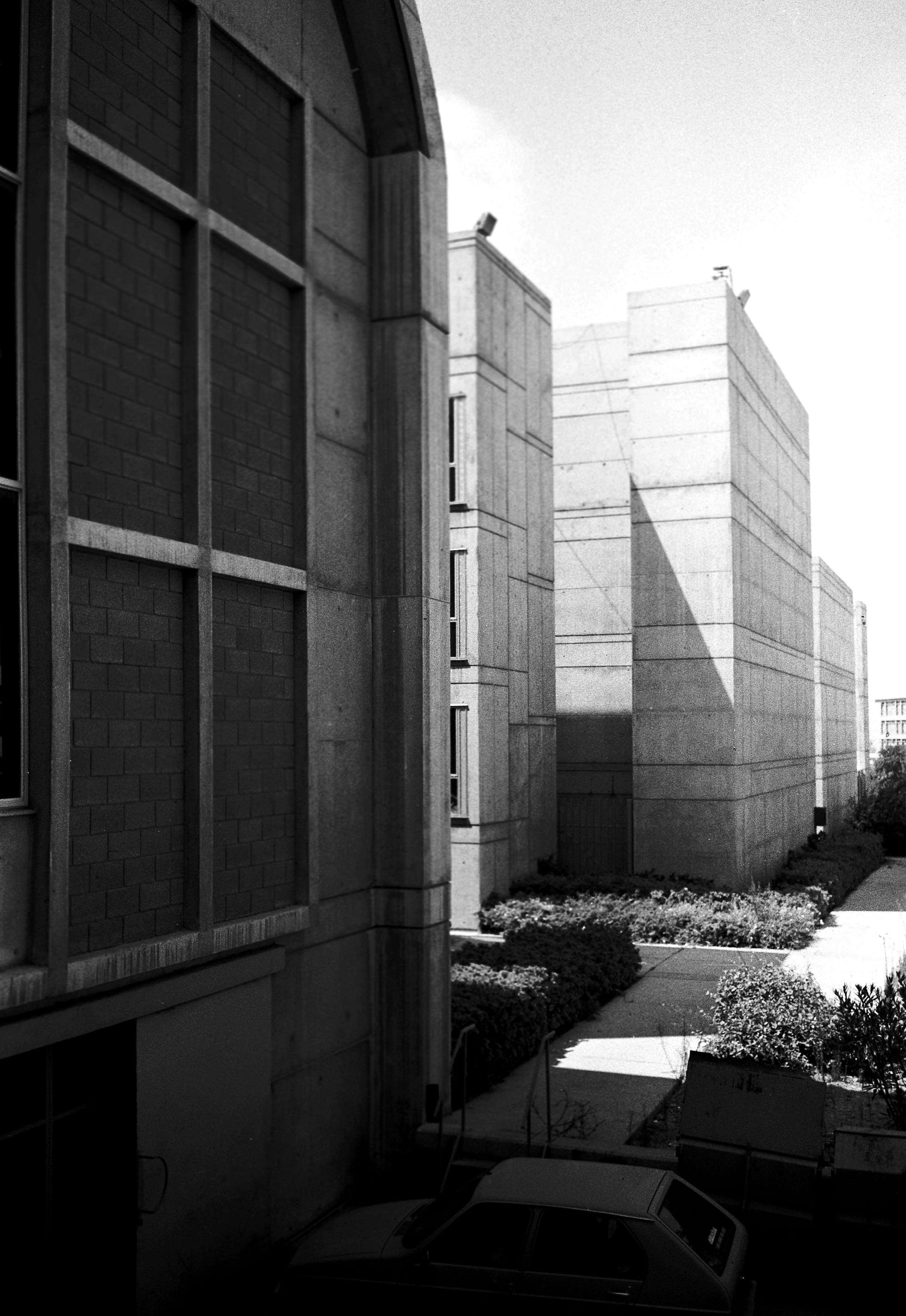
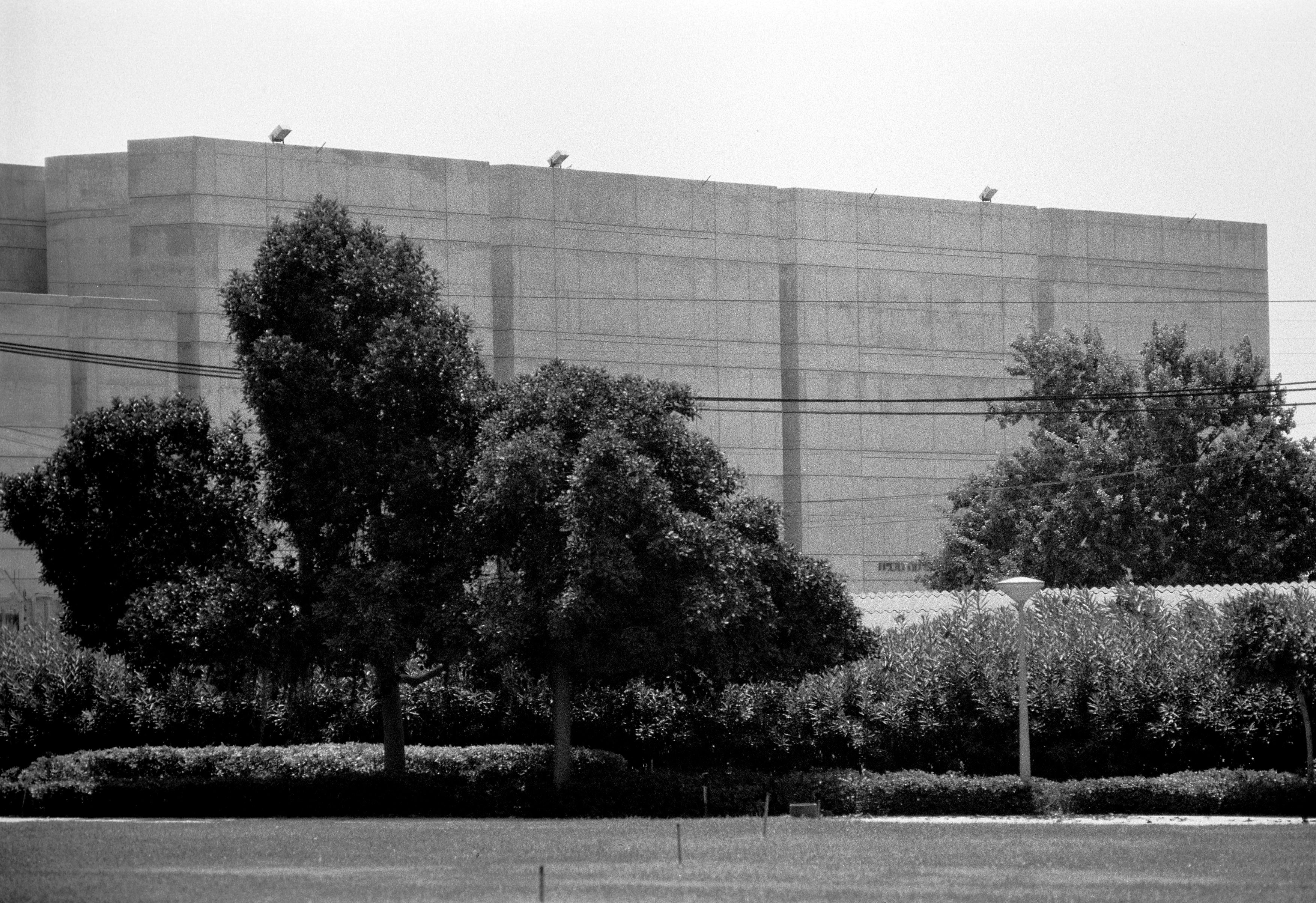
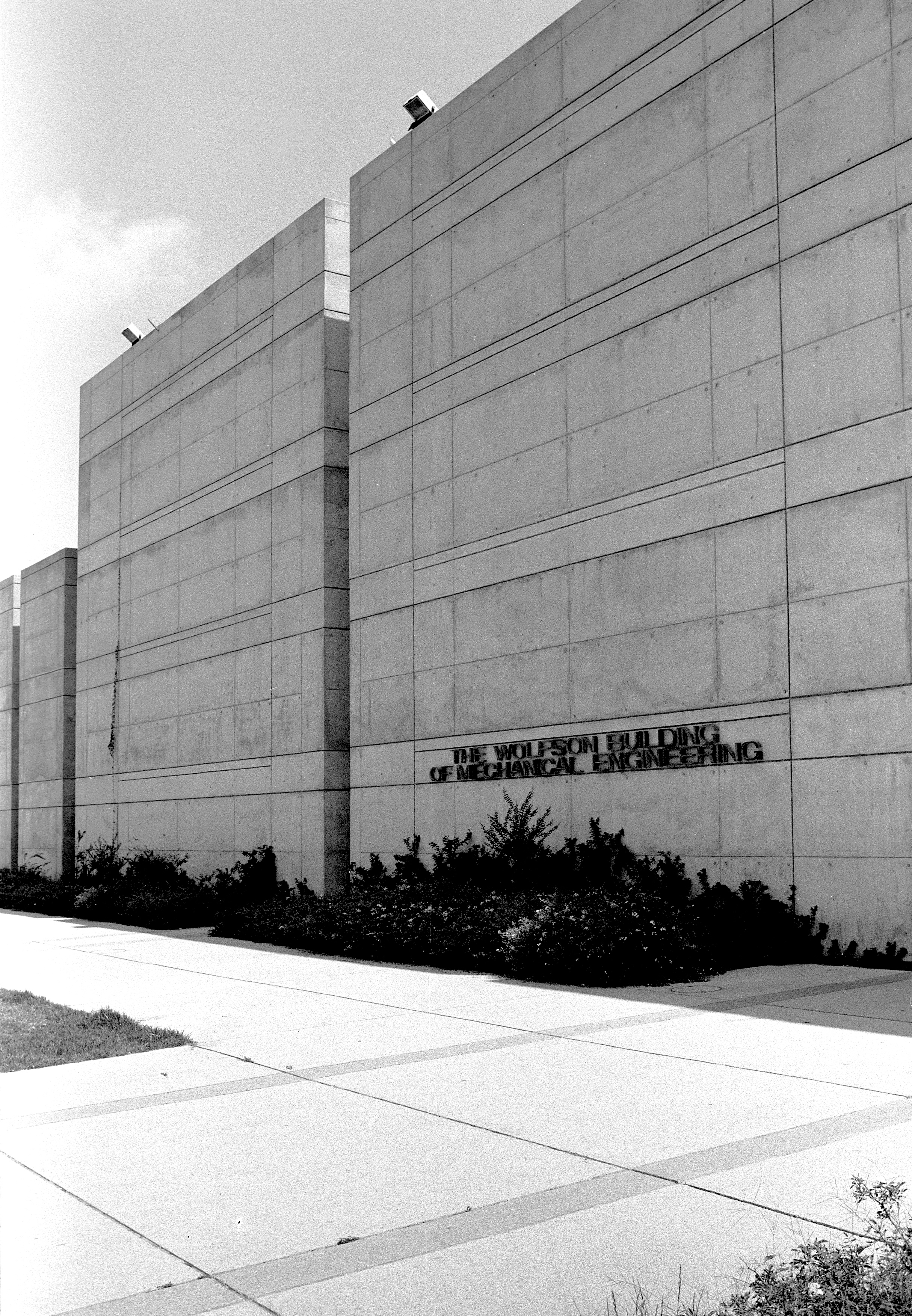
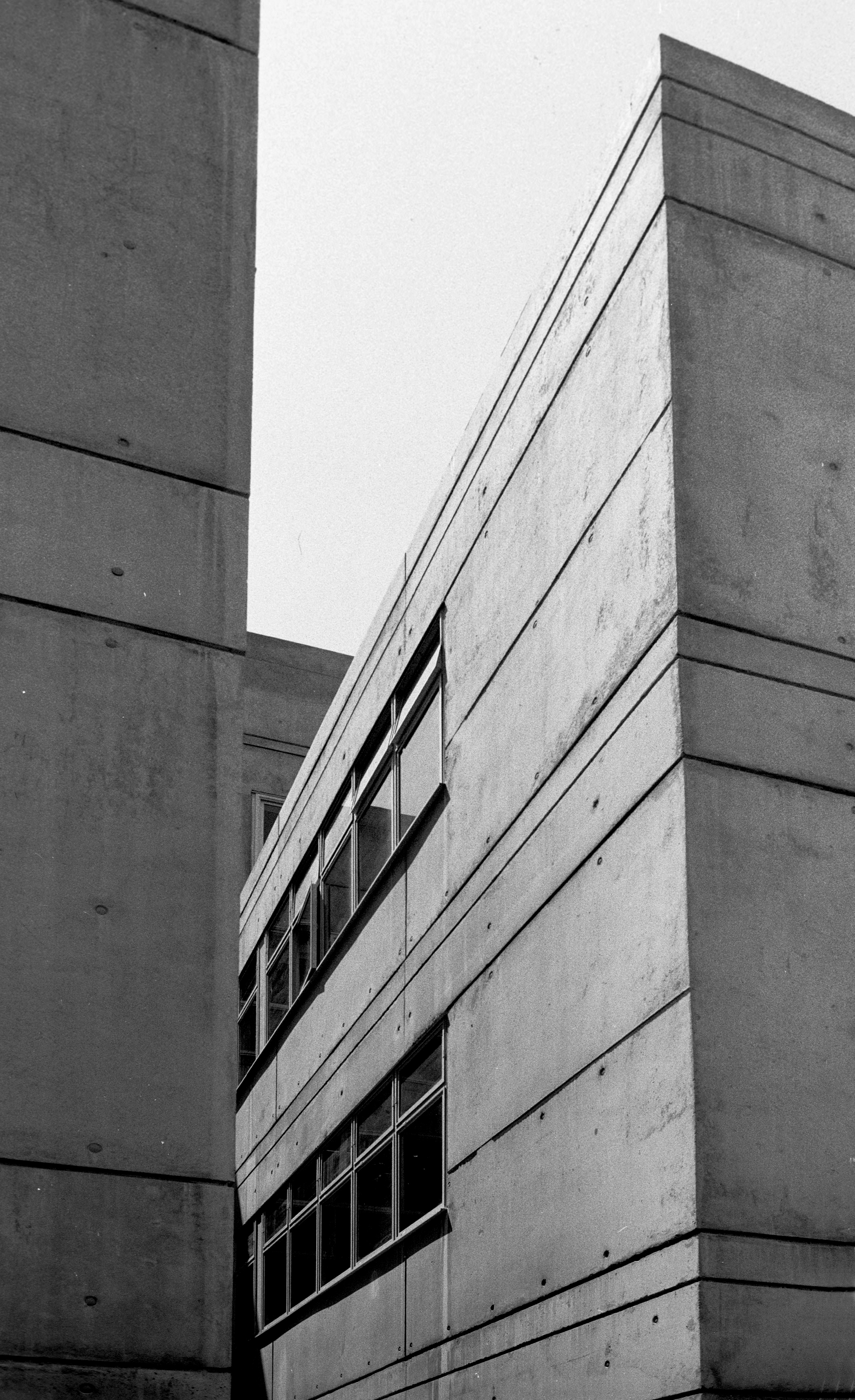
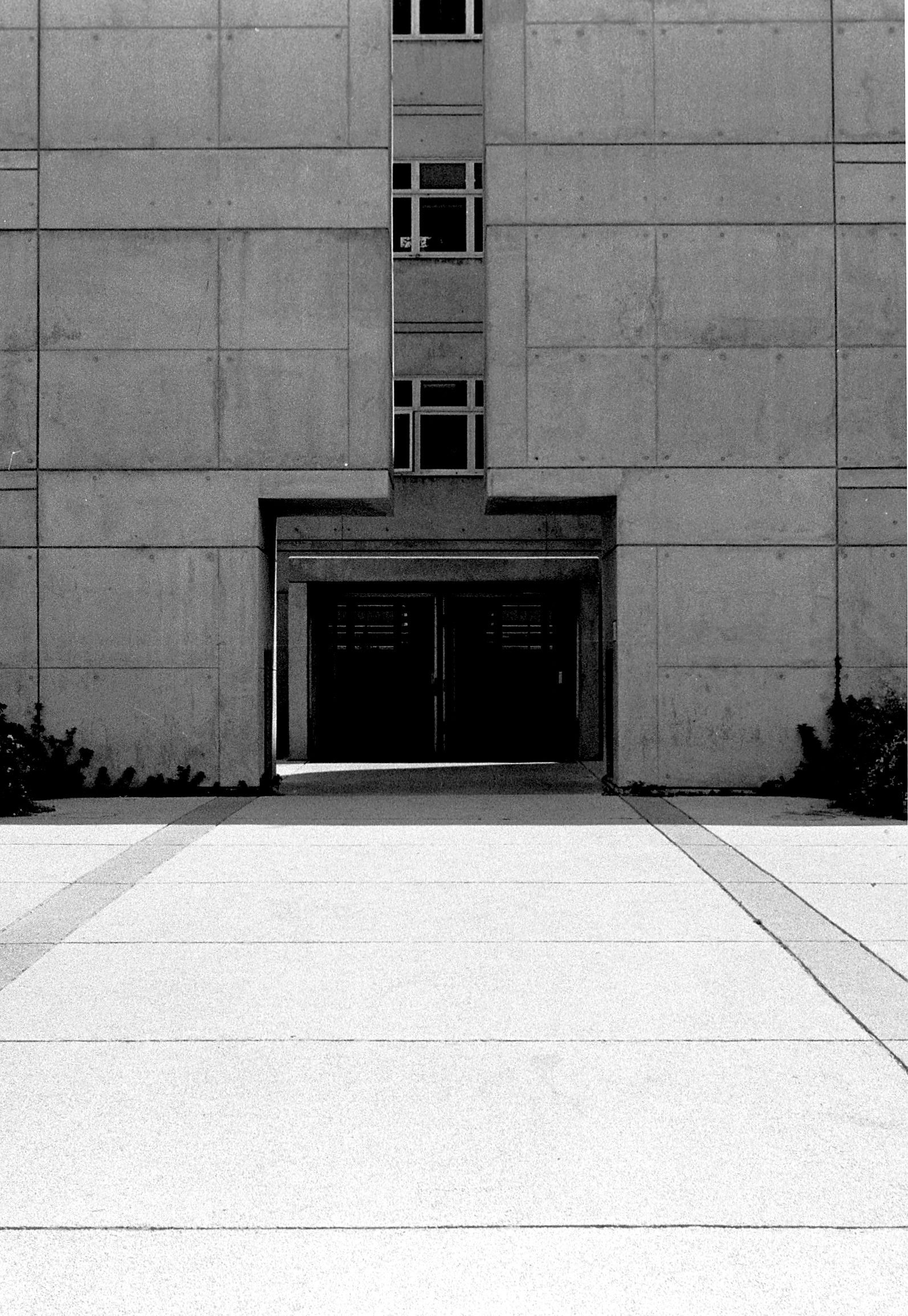
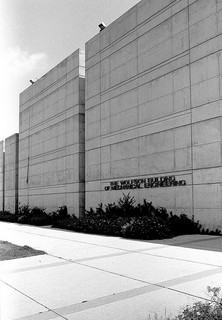
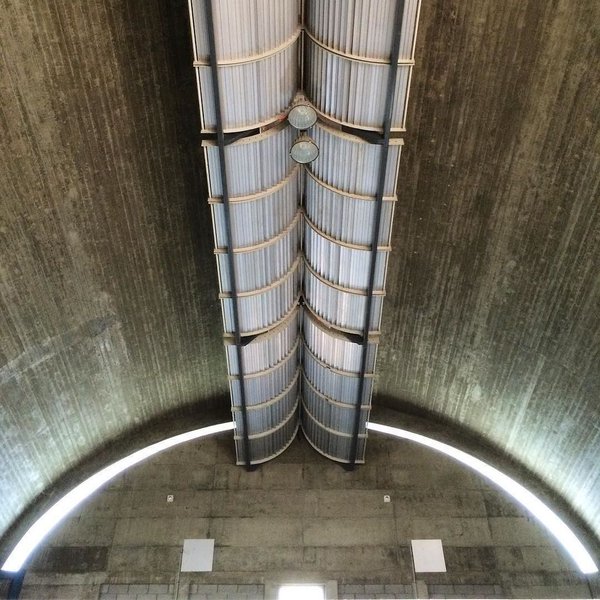
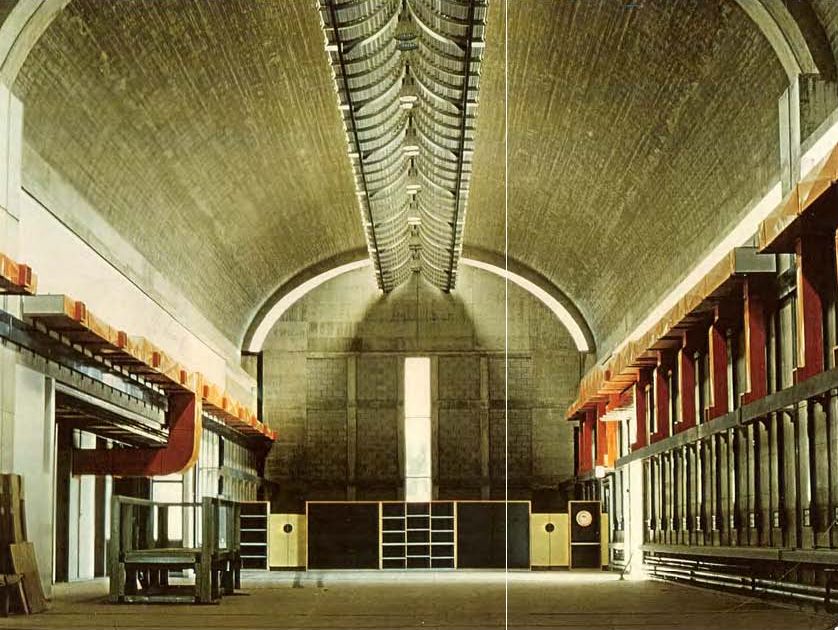
Comments are closed.